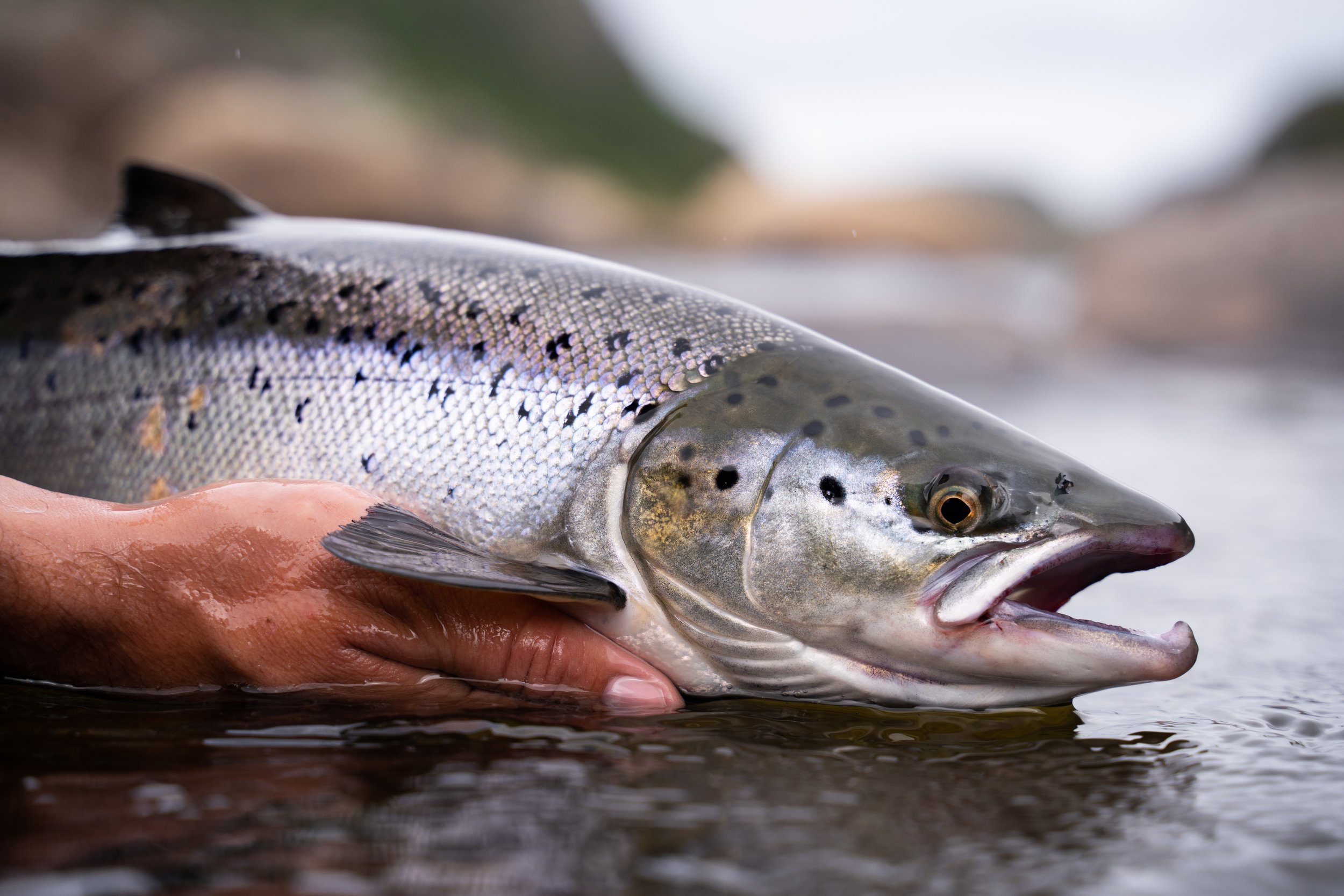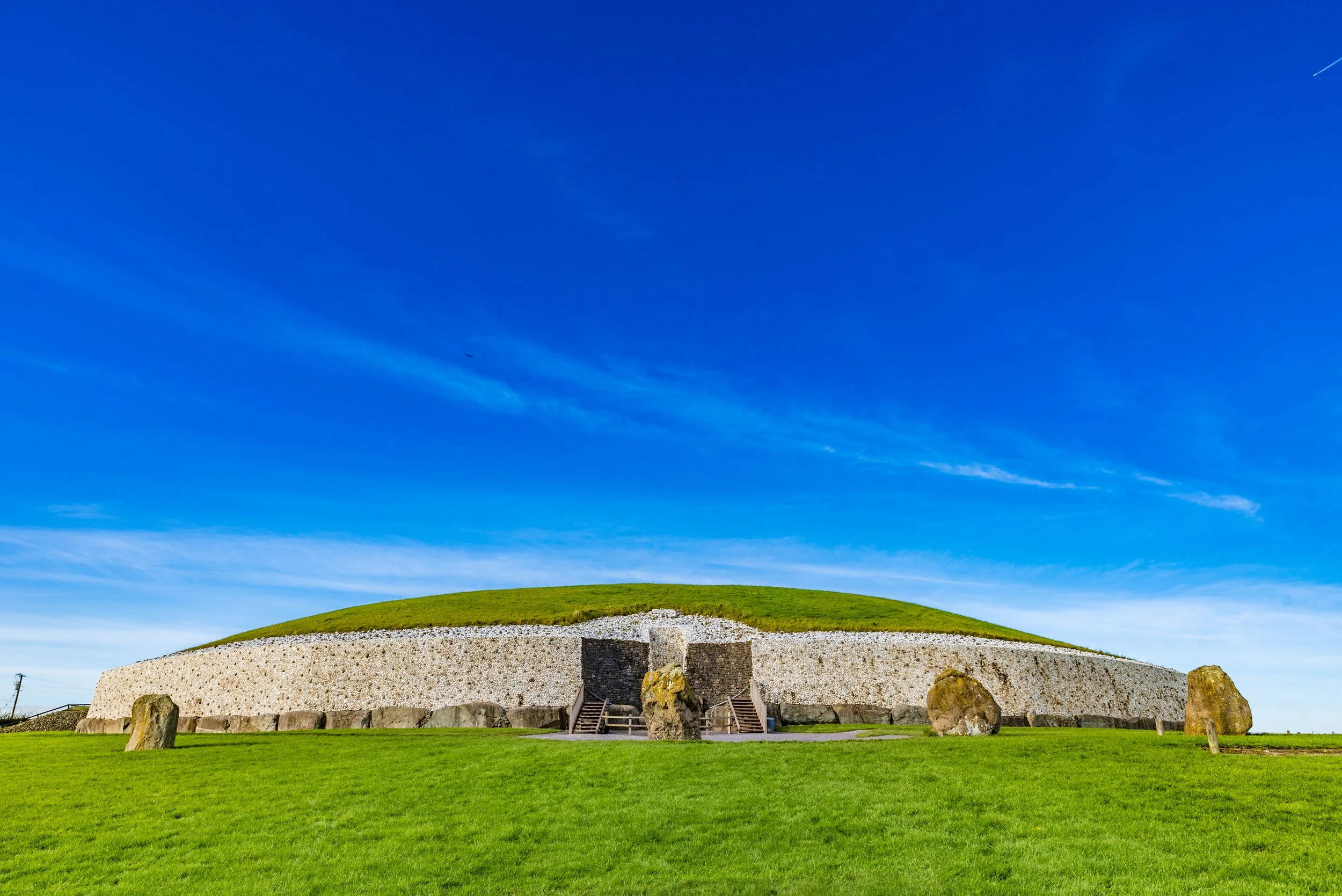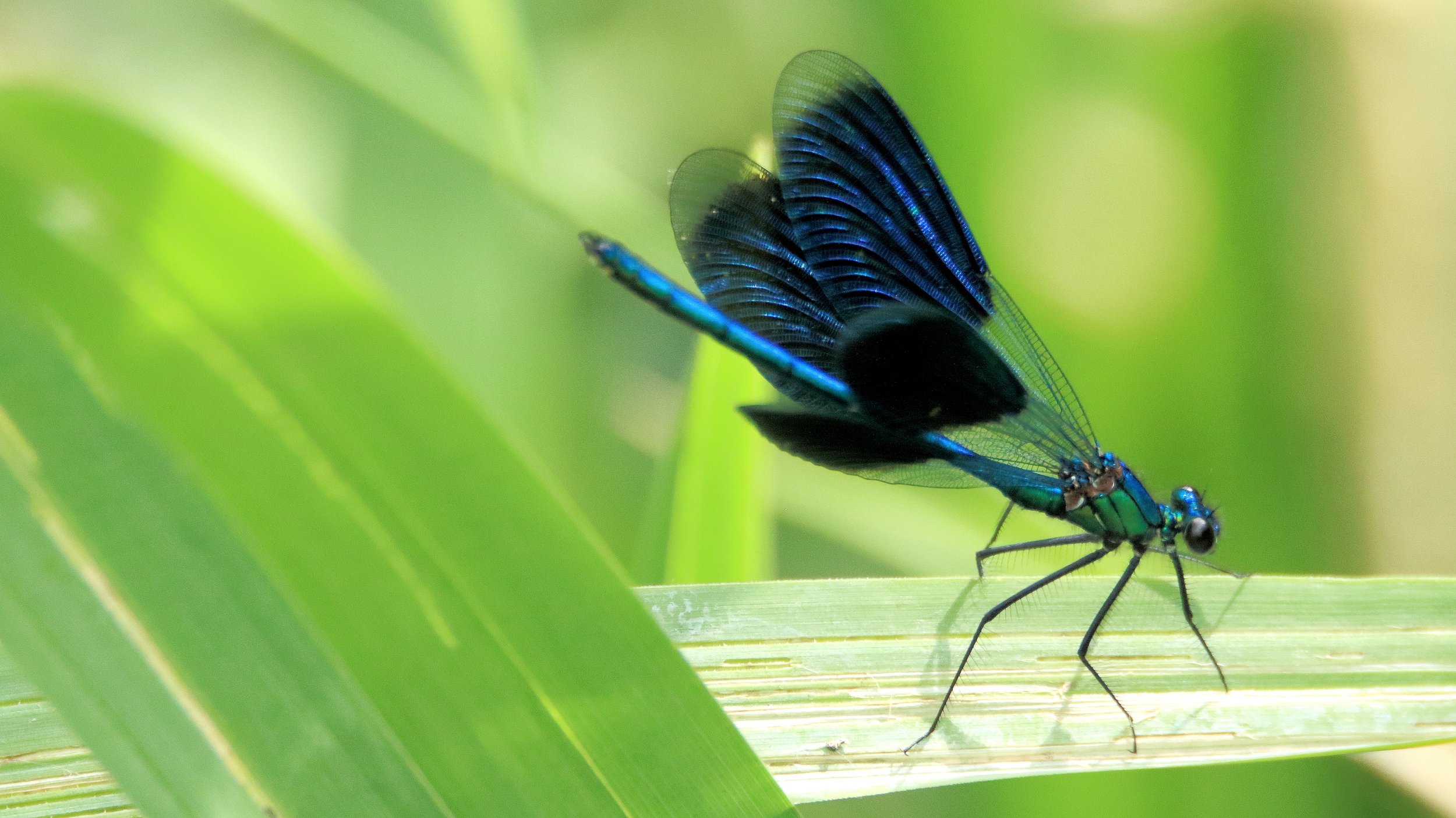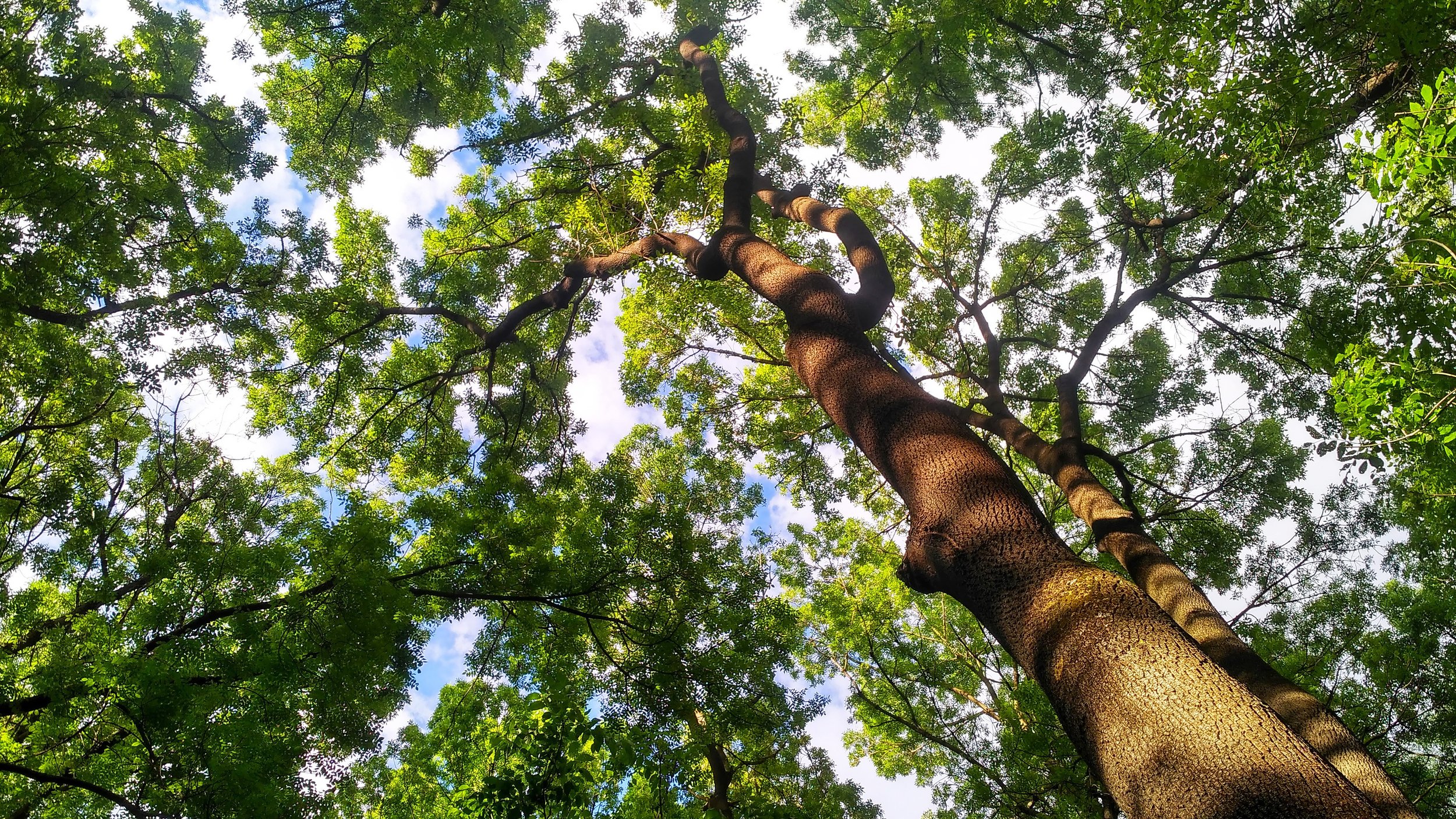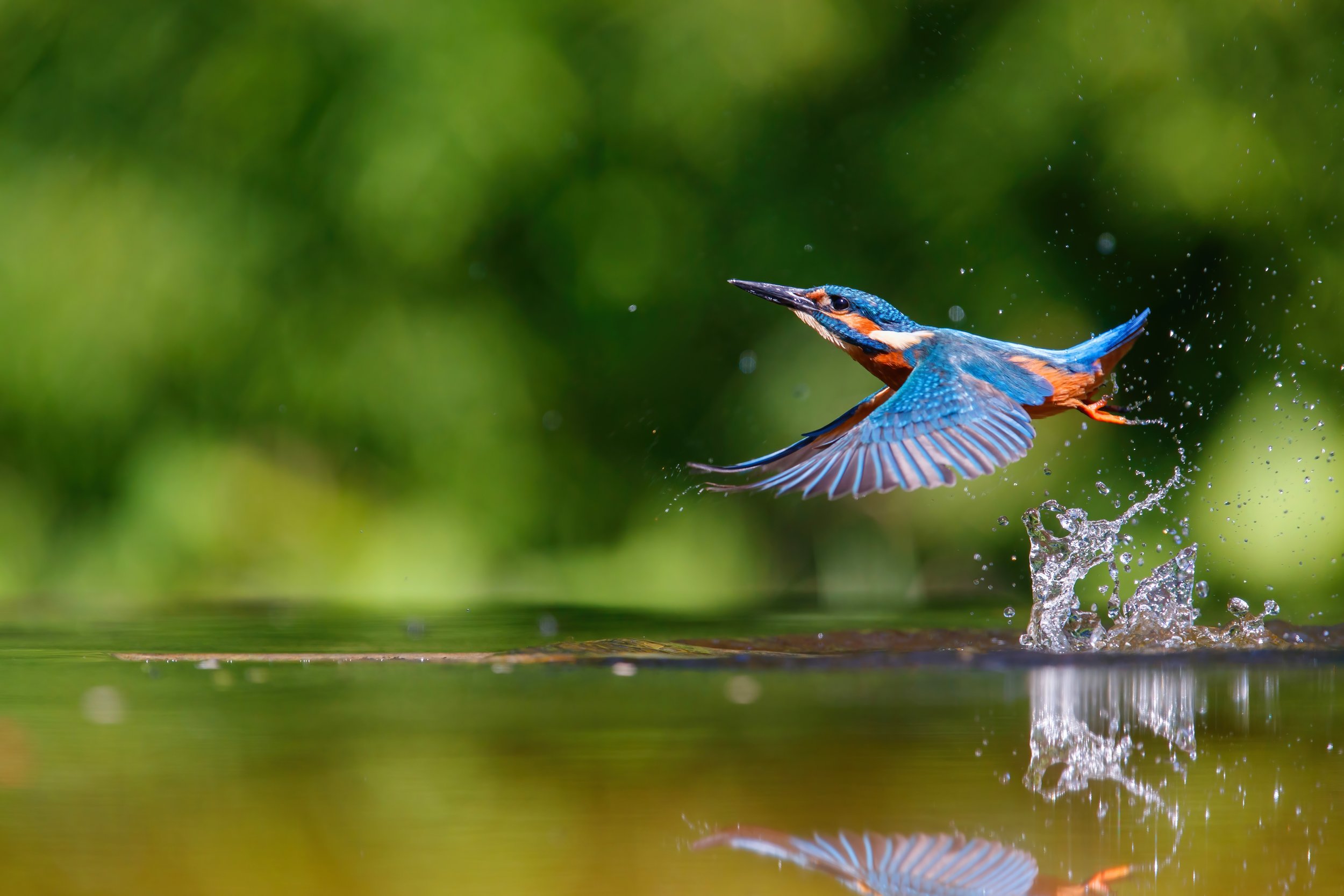
When The River Boyne Thrives So Do We
The River Boyne (Boinne) shapes our landscapes and provide the foundations of our towns, villages and countryside.
The Catchment
The River Boyne has hugely significant historical, cultural and heritage importance. It rises at Trinity Well, Newberry Hall, near Carbury, County Kildare, and flows towards the Northeast through County Meath to reach the Irish Sea between Mornington, County Meath, and Baltray, County Louth.
It passes through the ancient towns and landscapes of Trim, Trim Castle, the Hill of Tara, Navan, the Hill of Slane, Mellifont Abbey, and the medieval town of Drogheda. The main tributary of the Boyne is the Blackwater which rises in Co. Cavan and flows from Lough Ramor through the medieval monastic village of Kells and joins the Boyne at Navan. The Boyne catchment includes 14 river sub-catchments and the area of the River Boyne and its tributaries is 2,695 km². You can find out more about the Boyne catchment here
Ancient Heritage
The Boyne is also home to one of the world’s most important prehistoric landscapes, the UNESCO World Heritage megalithic monuments of Brú na Bóinne. It has significant social, economic, and spiritual value. The three main prehistoric sites of the Brú na Bóinne Complex, Newgrange, Knowth and Dowth, are situated on the north bank of the River Boyne 50 km north of Dublin. This is Europe's largest and most important concentration of prehistoric megalithic art. The monuments there had social, economic, religious and funerary functions. c.90 recorded monuments – as well as an unknown quantity of as yet unrecorded sites – remain scattered across the ridge above the Boyne and over the low-lying areas and floodplain.
River Boyne and River Blackwater SAC & SPA
The importance of this river system is recognised at a European level by its designation as a Special Area of Conservation (SAC) under the Habitats Directive and as a Special Protection Area (SPA) under the Birds Directive. The catchment supports five strictly protected species and habitats (Qualifying Interests) including Otters, Atlantic Salmon, River Lamprey, Alluvial Woodlands and Alkaline fens.
The SPA is designated for the strict protection of just one bird species, the Kingfisher, with approximately 19 pairs within the site.
This site comprises the freshwater element of the River Boyne as far as the Boyne Aqueduct, the Blackwater as far as Lough Ramor and the Boyne tributaries including the Deel, Stoneyford and Tremblestown Rivers. These riverine stretches drain a considerable area of Meath and Westmeath, and smaller areas of Cavan and Louth.


